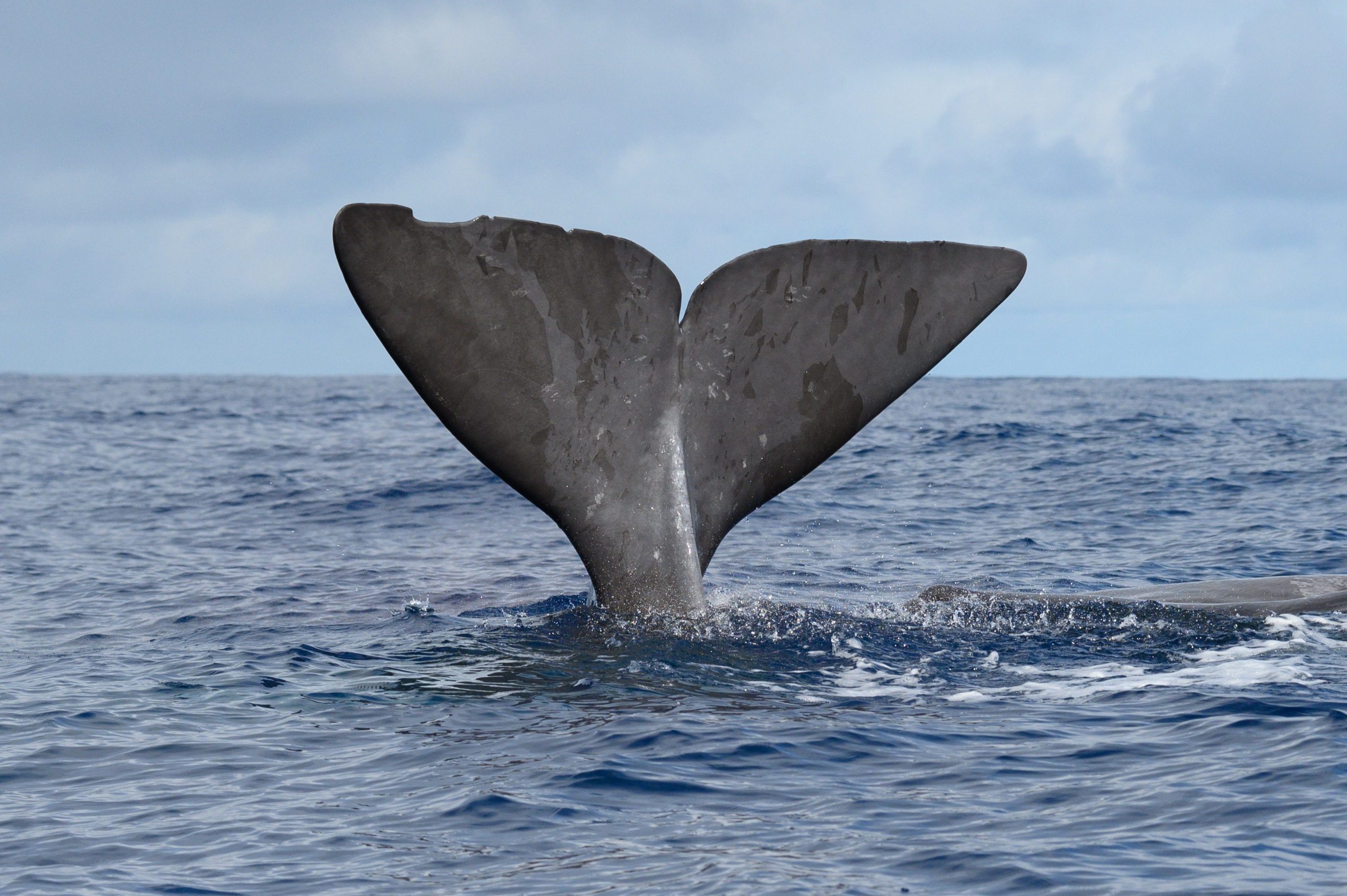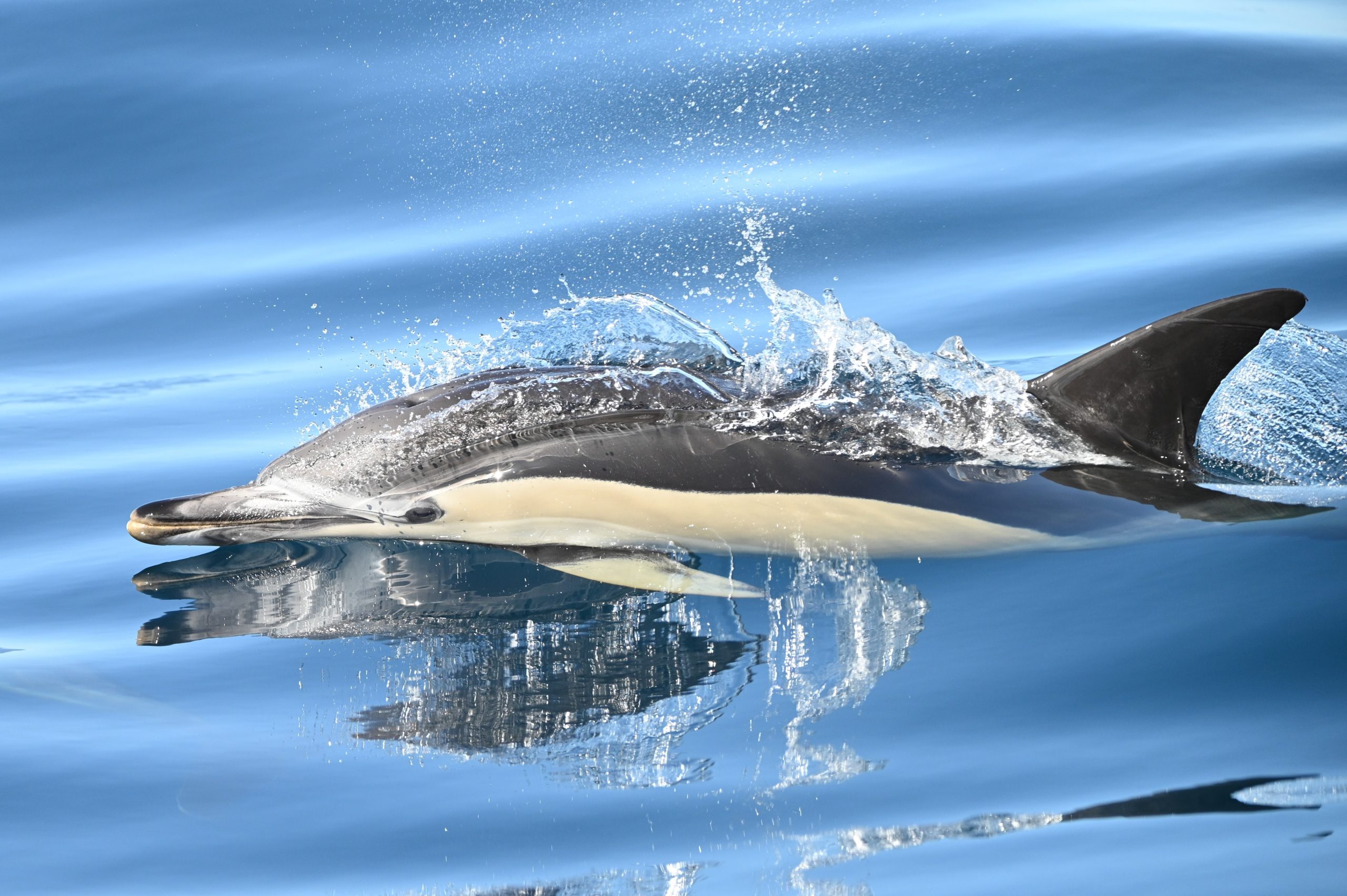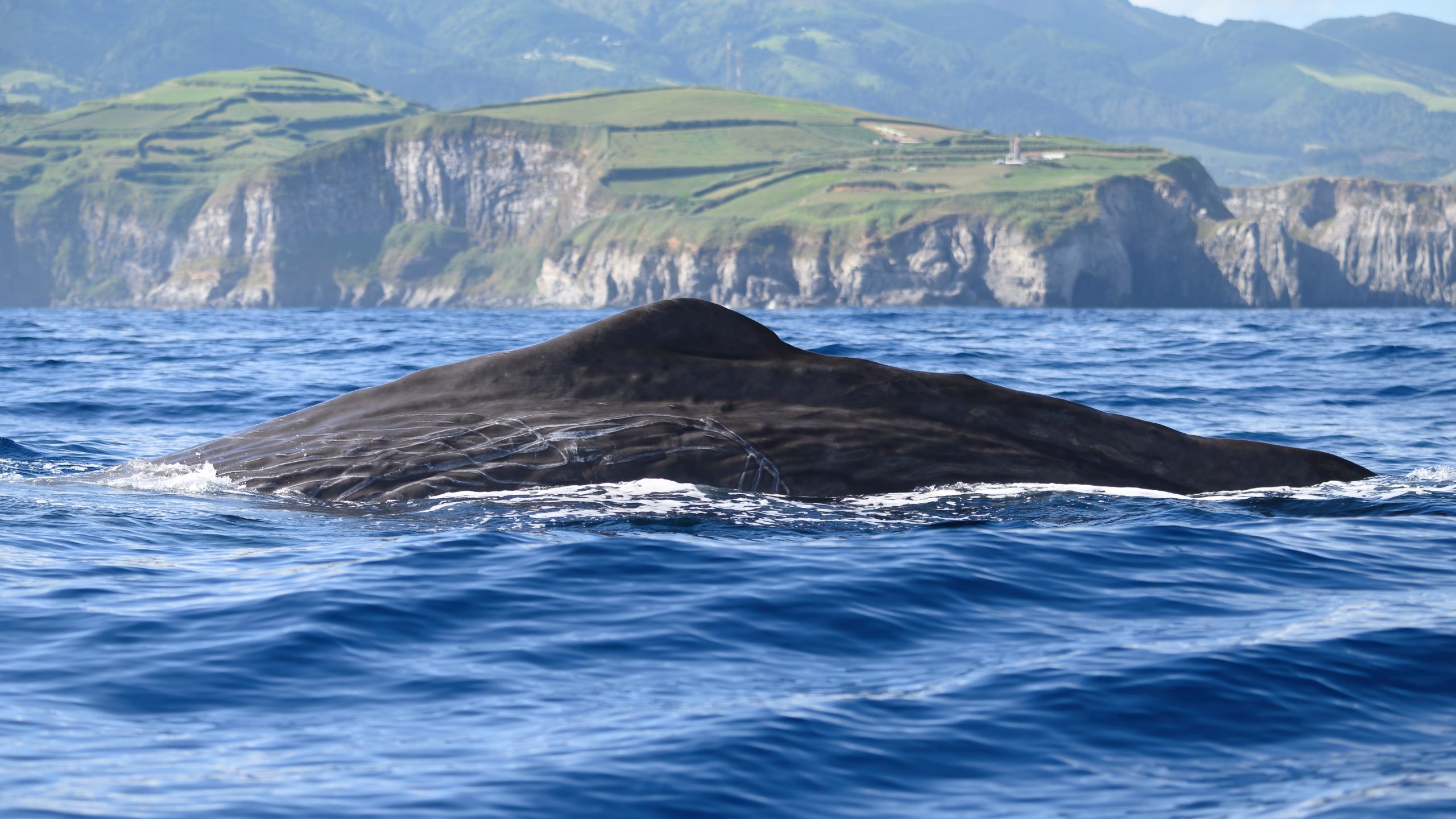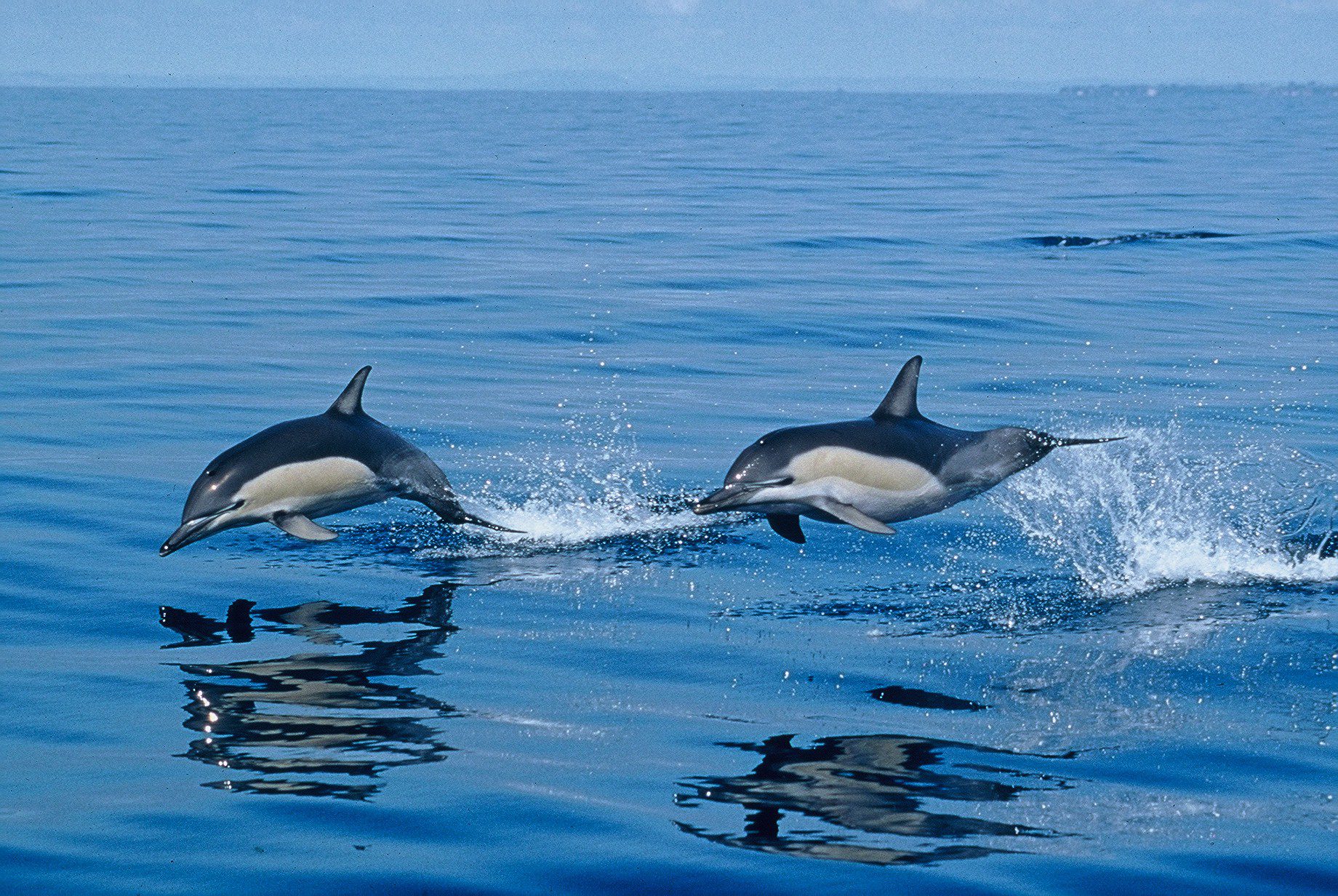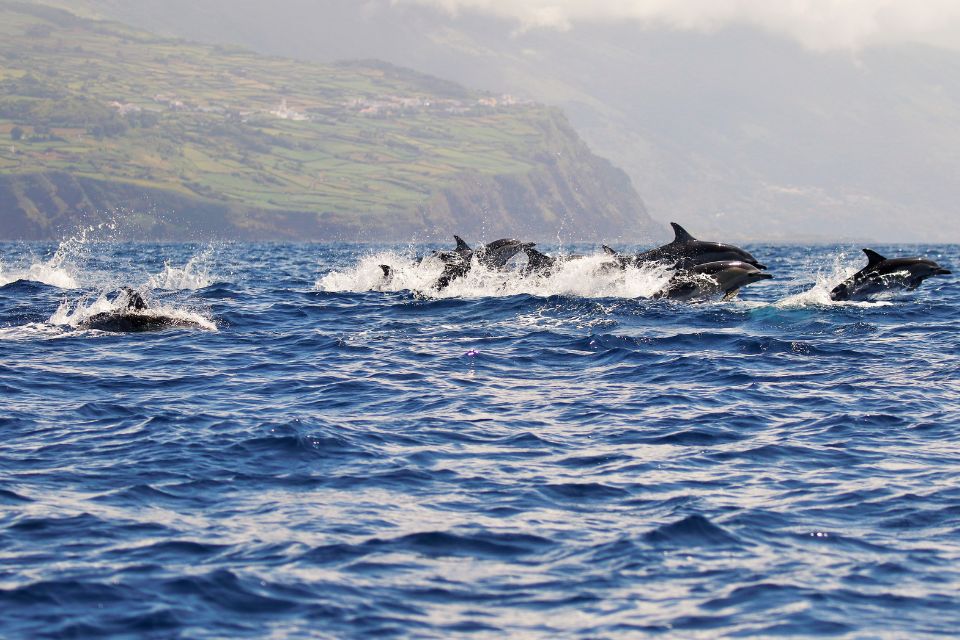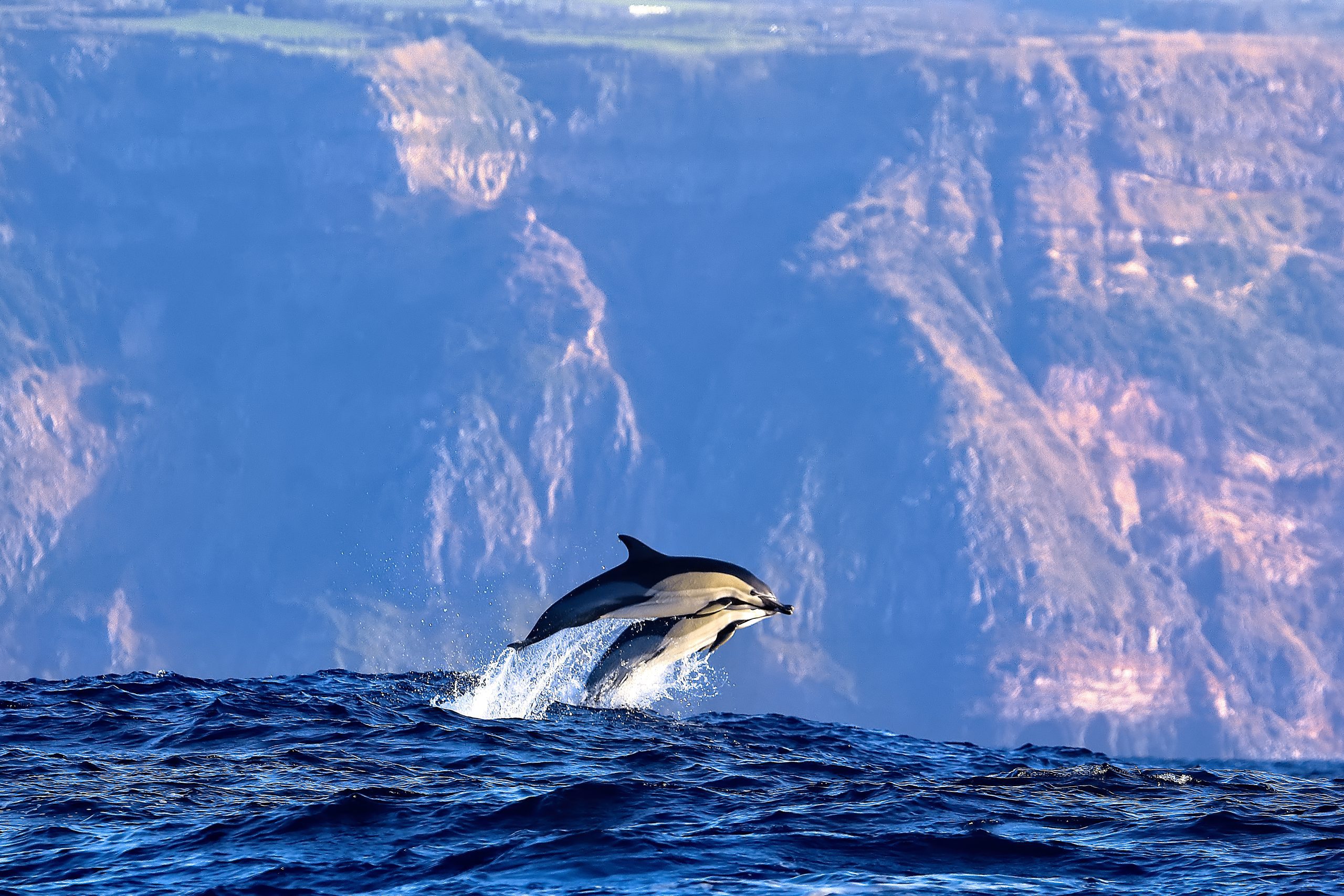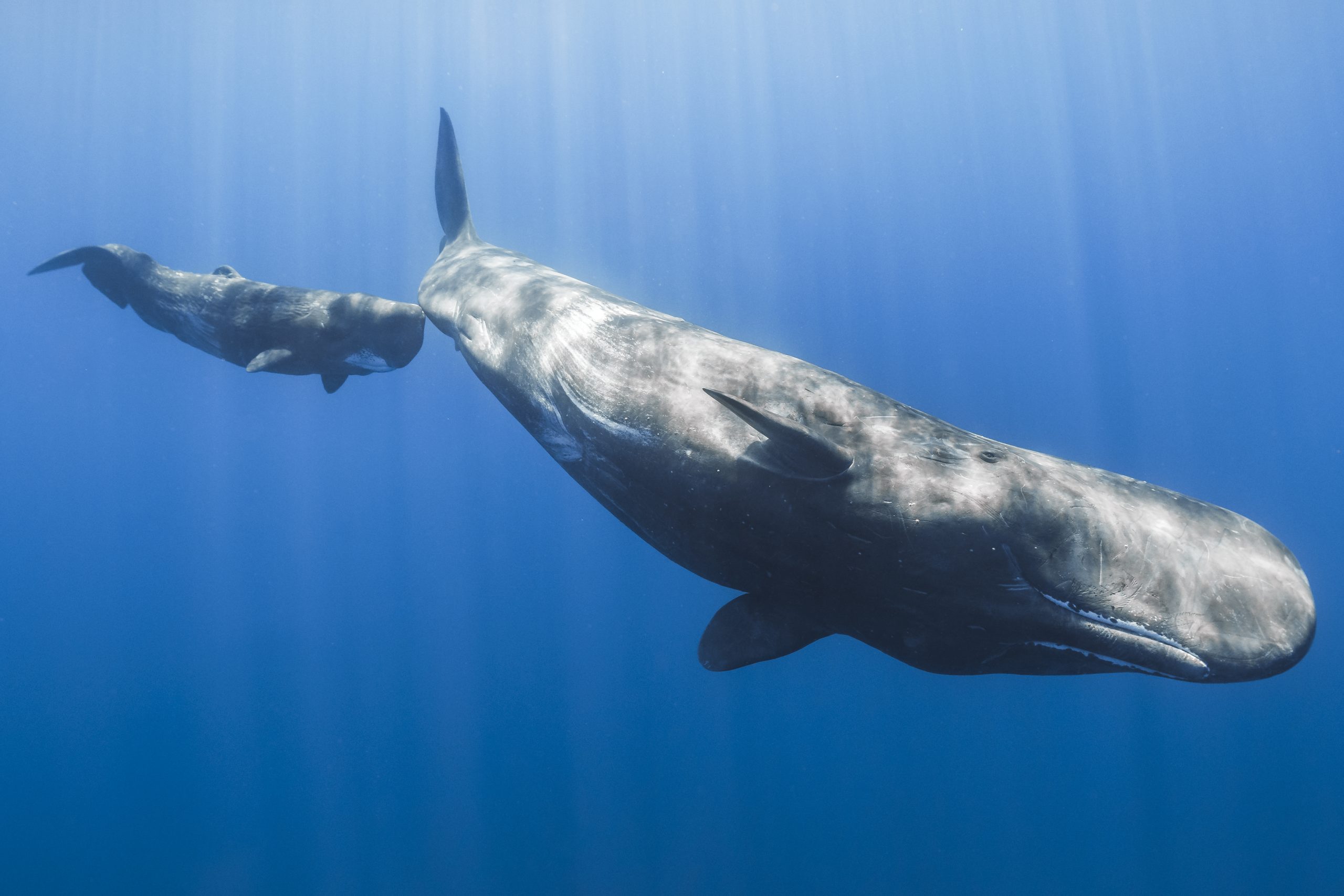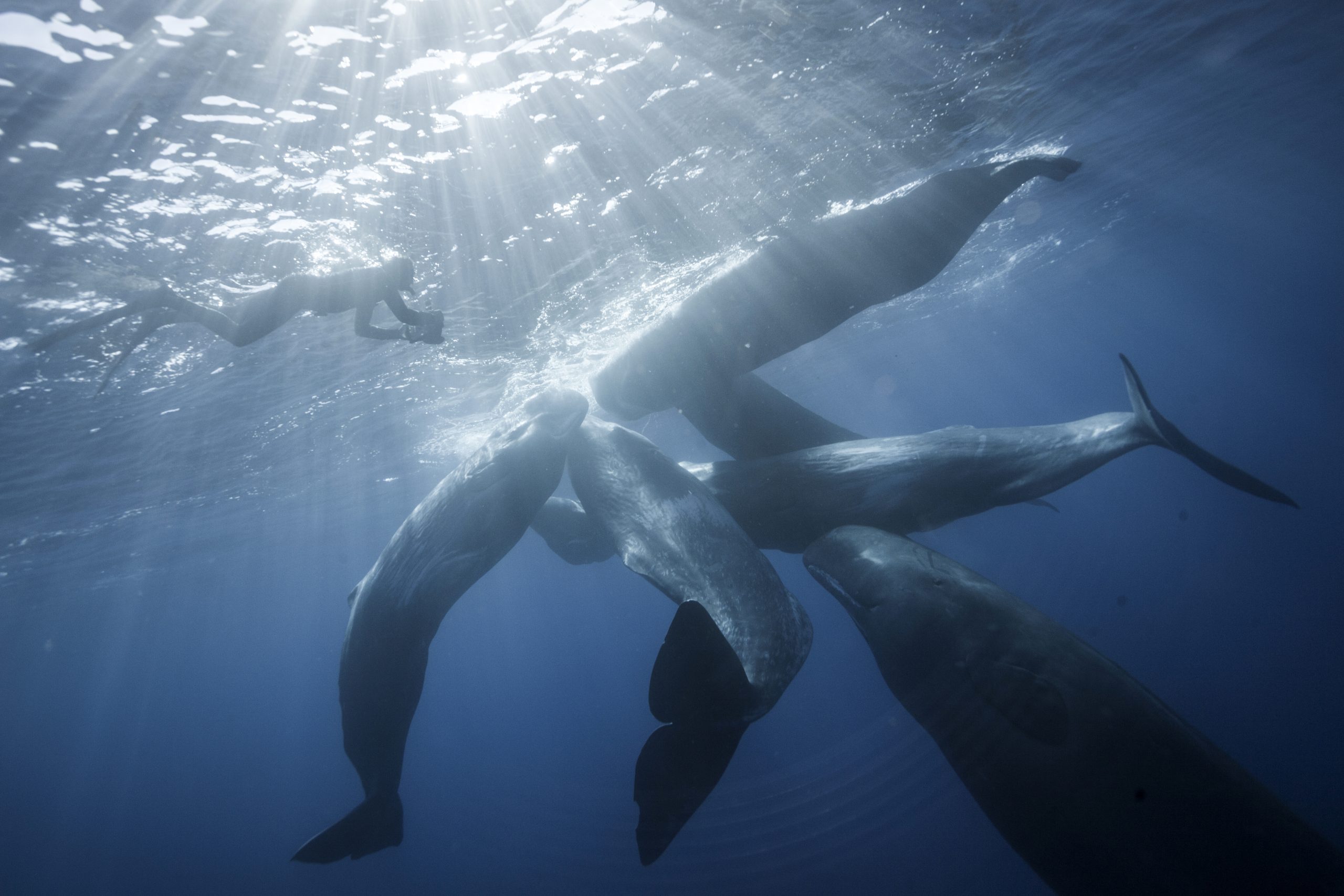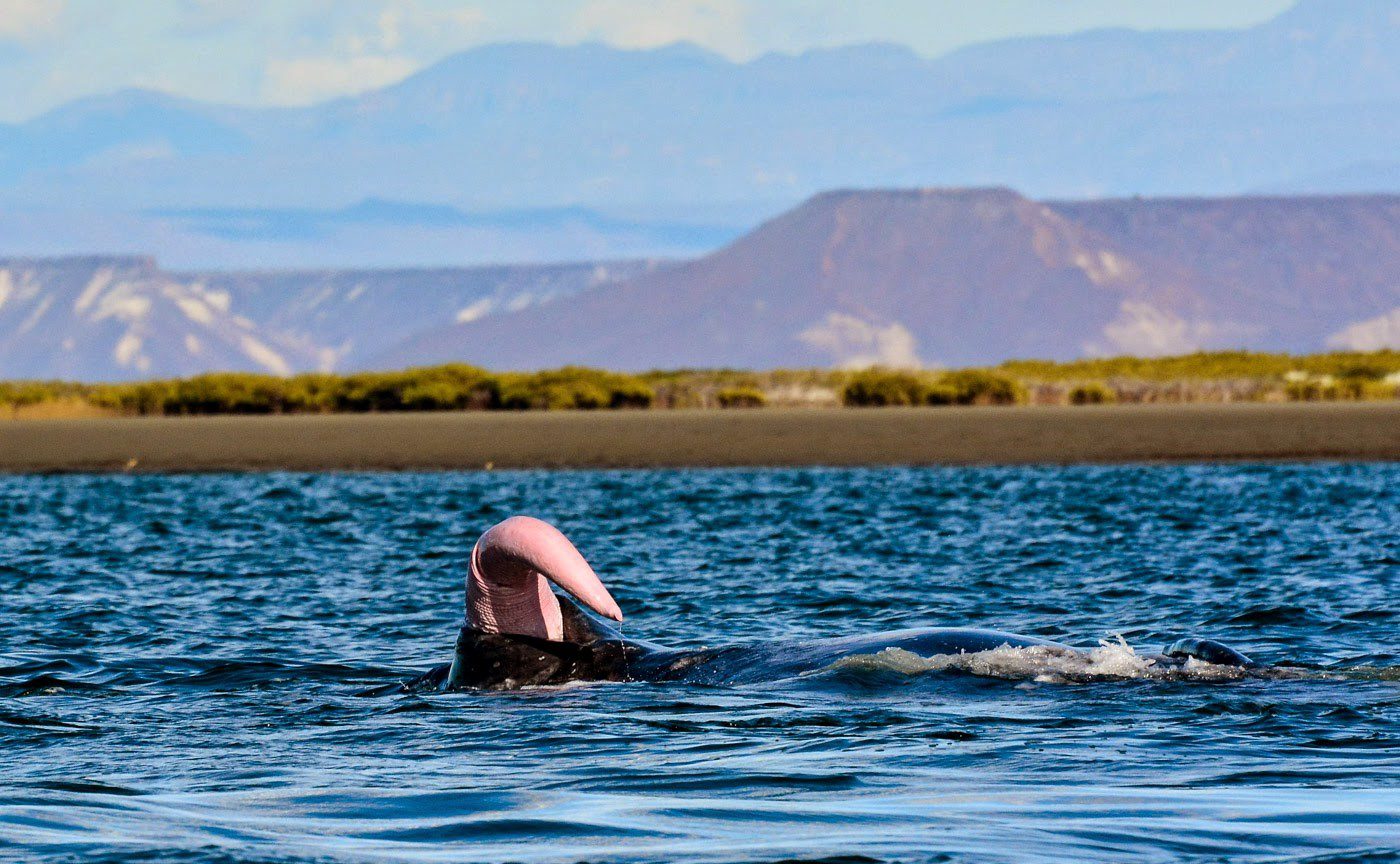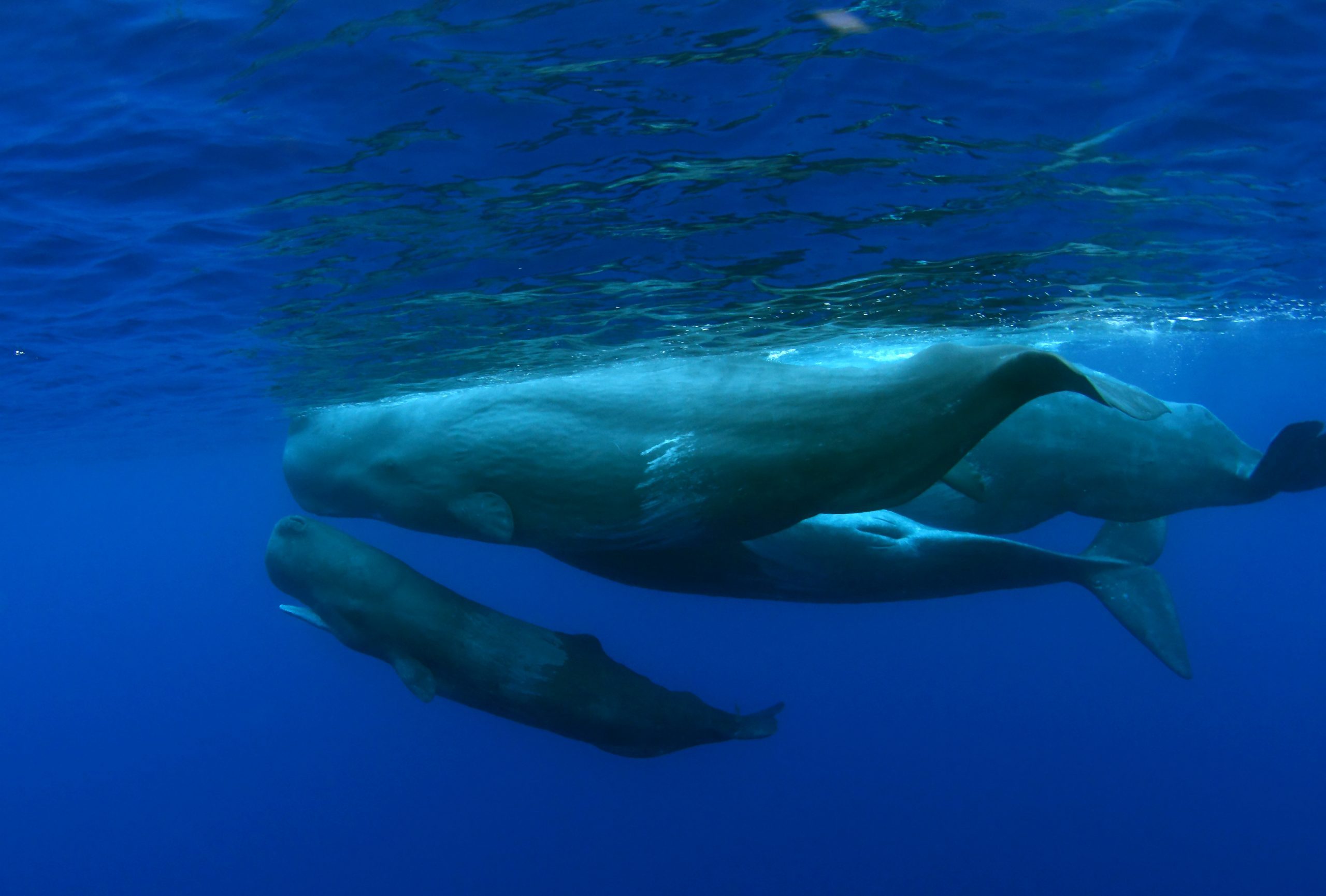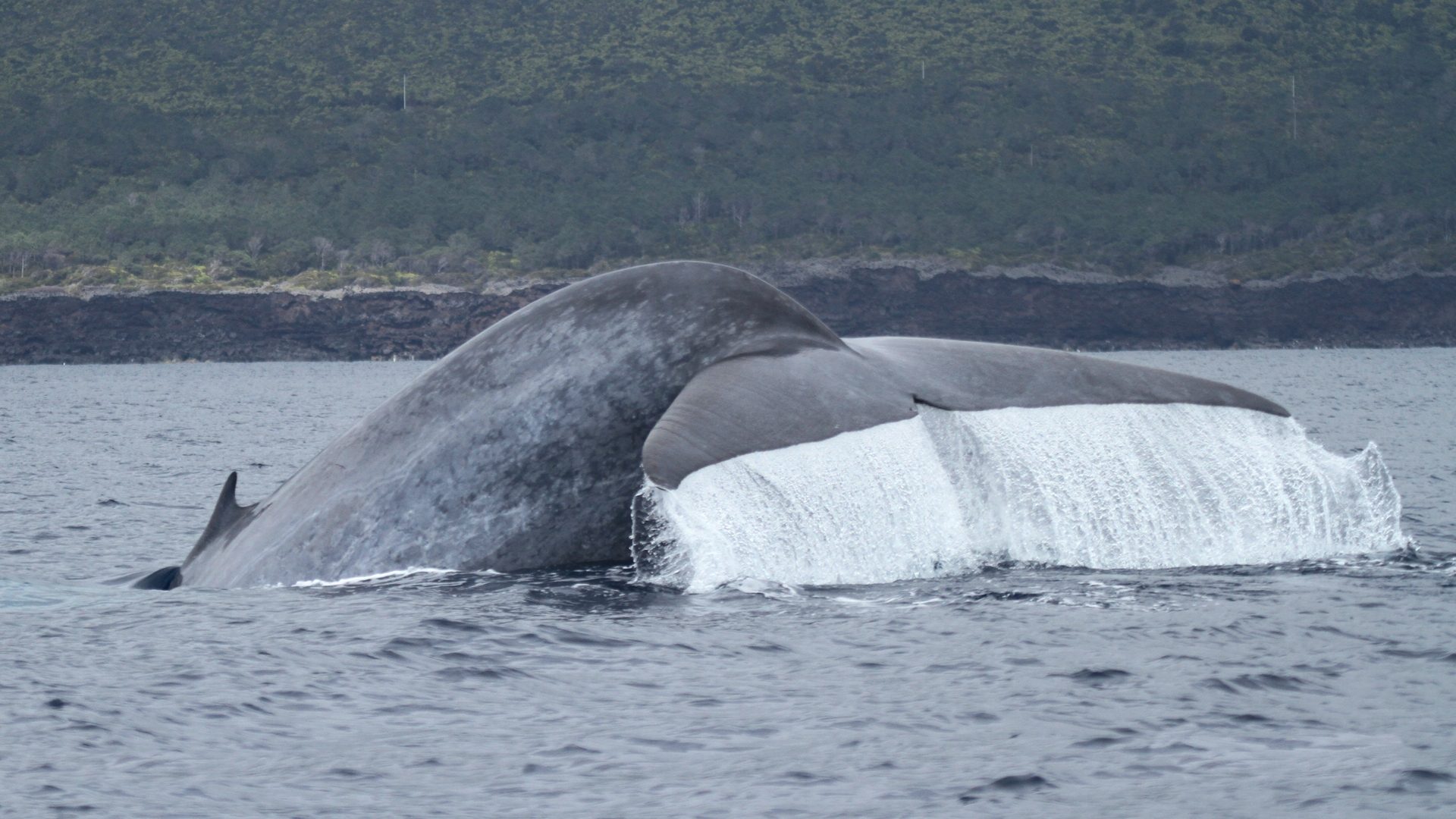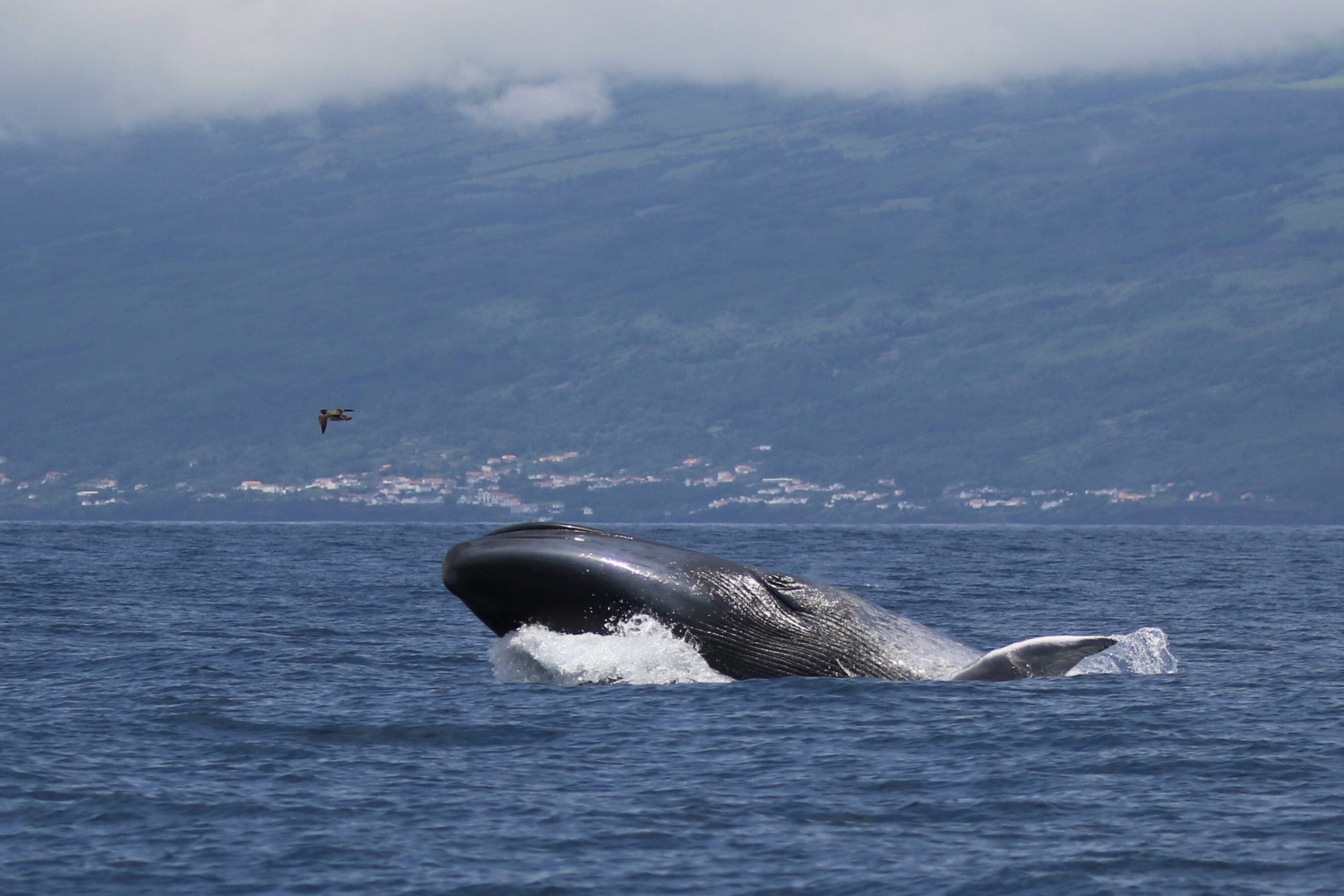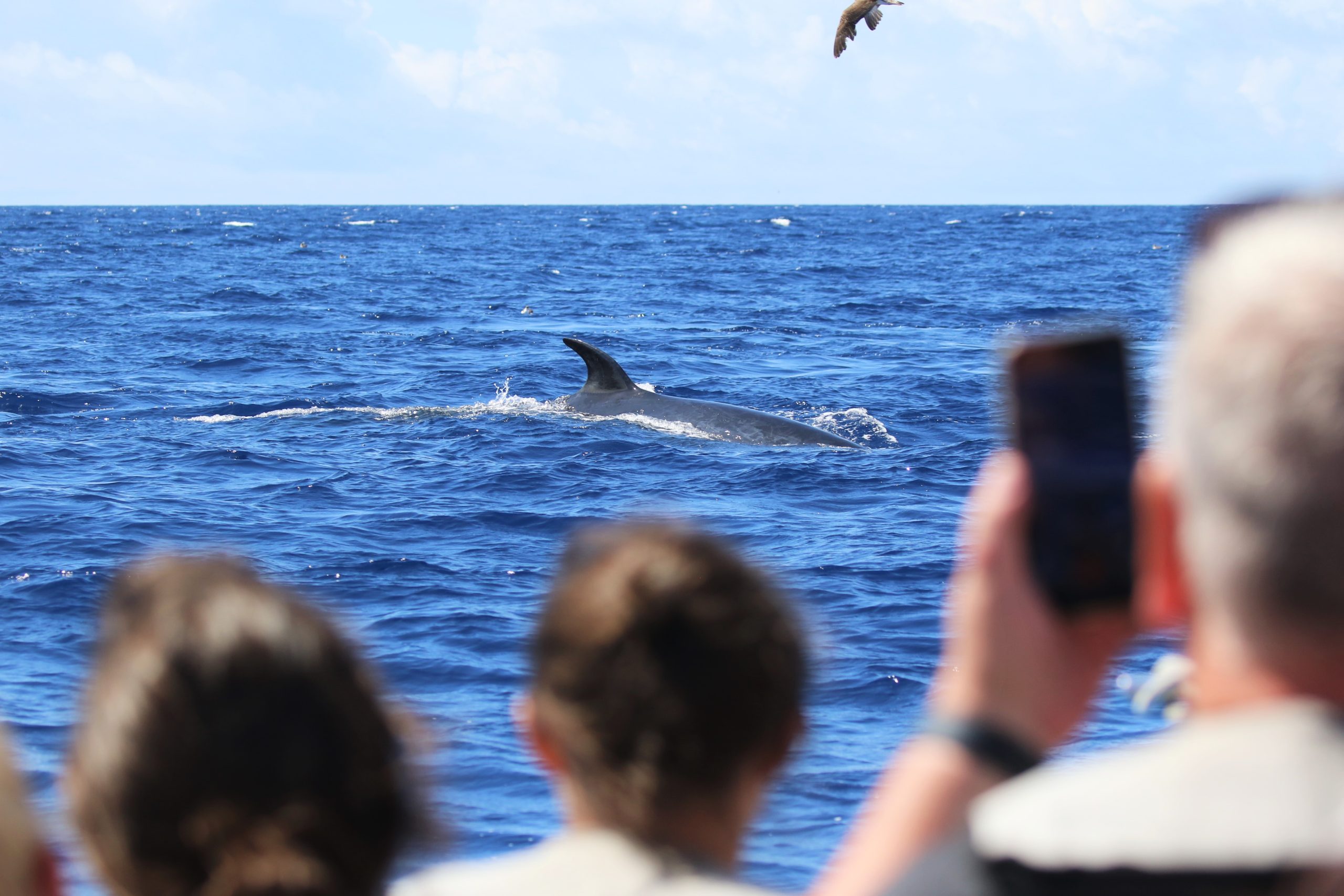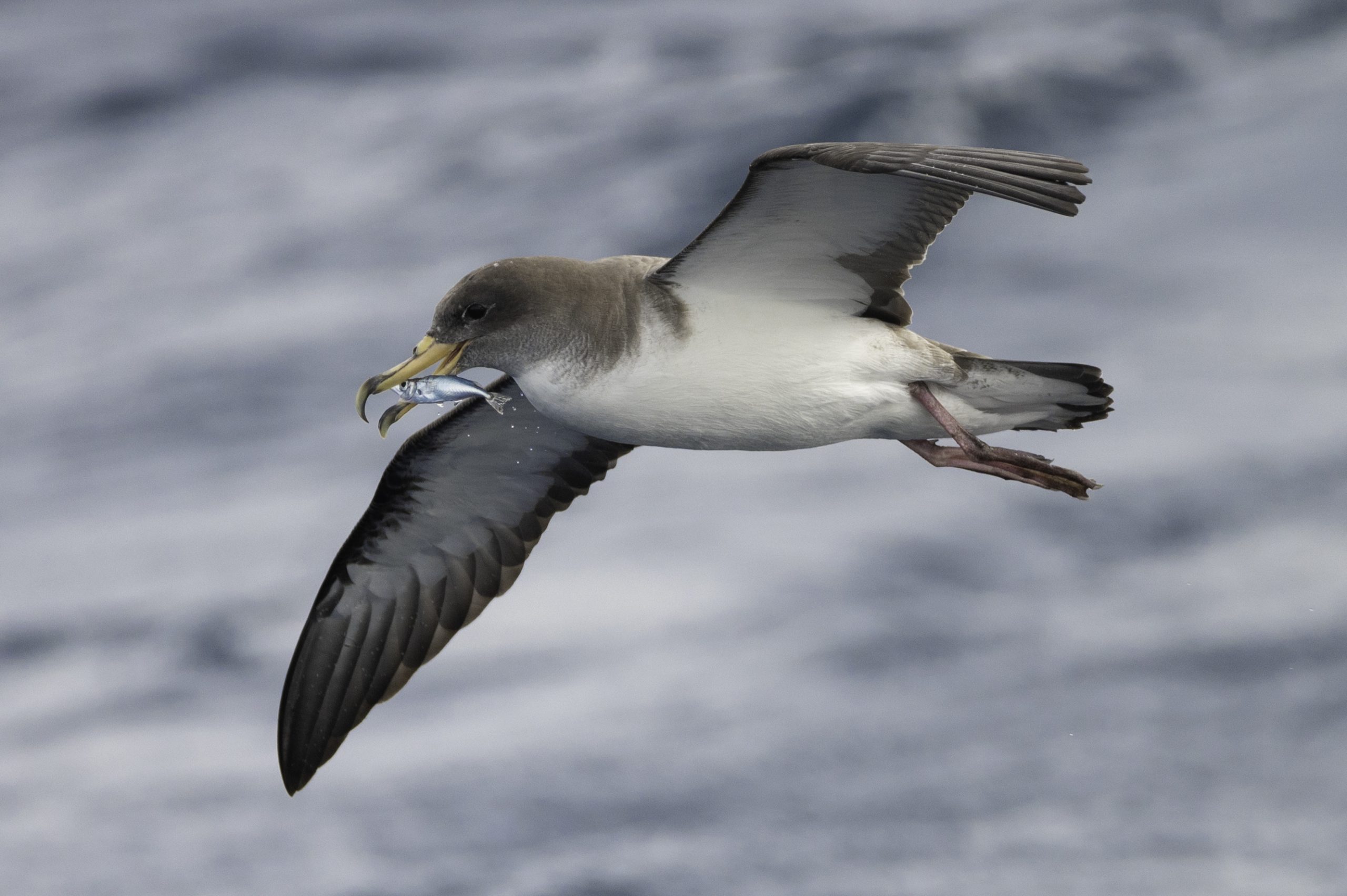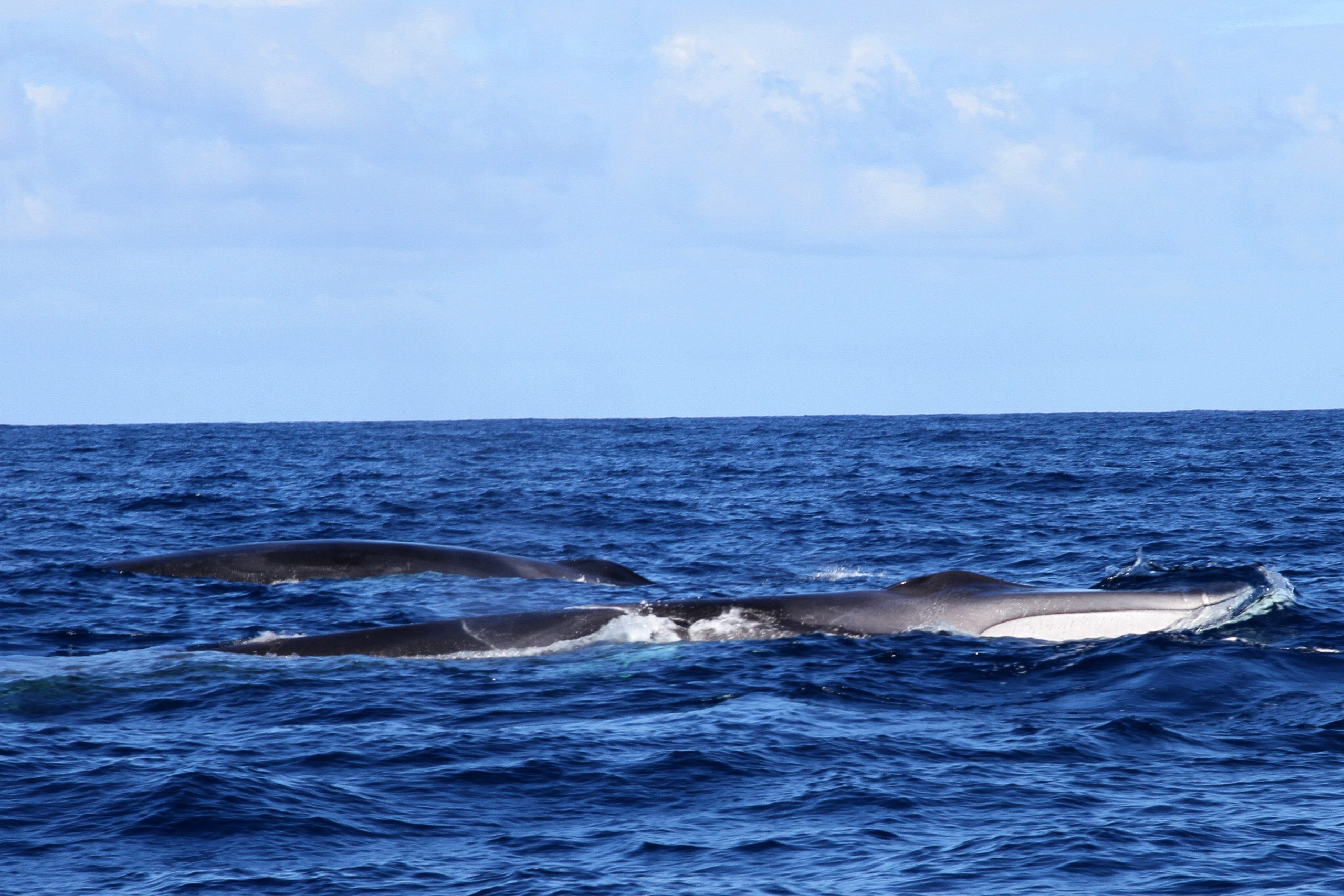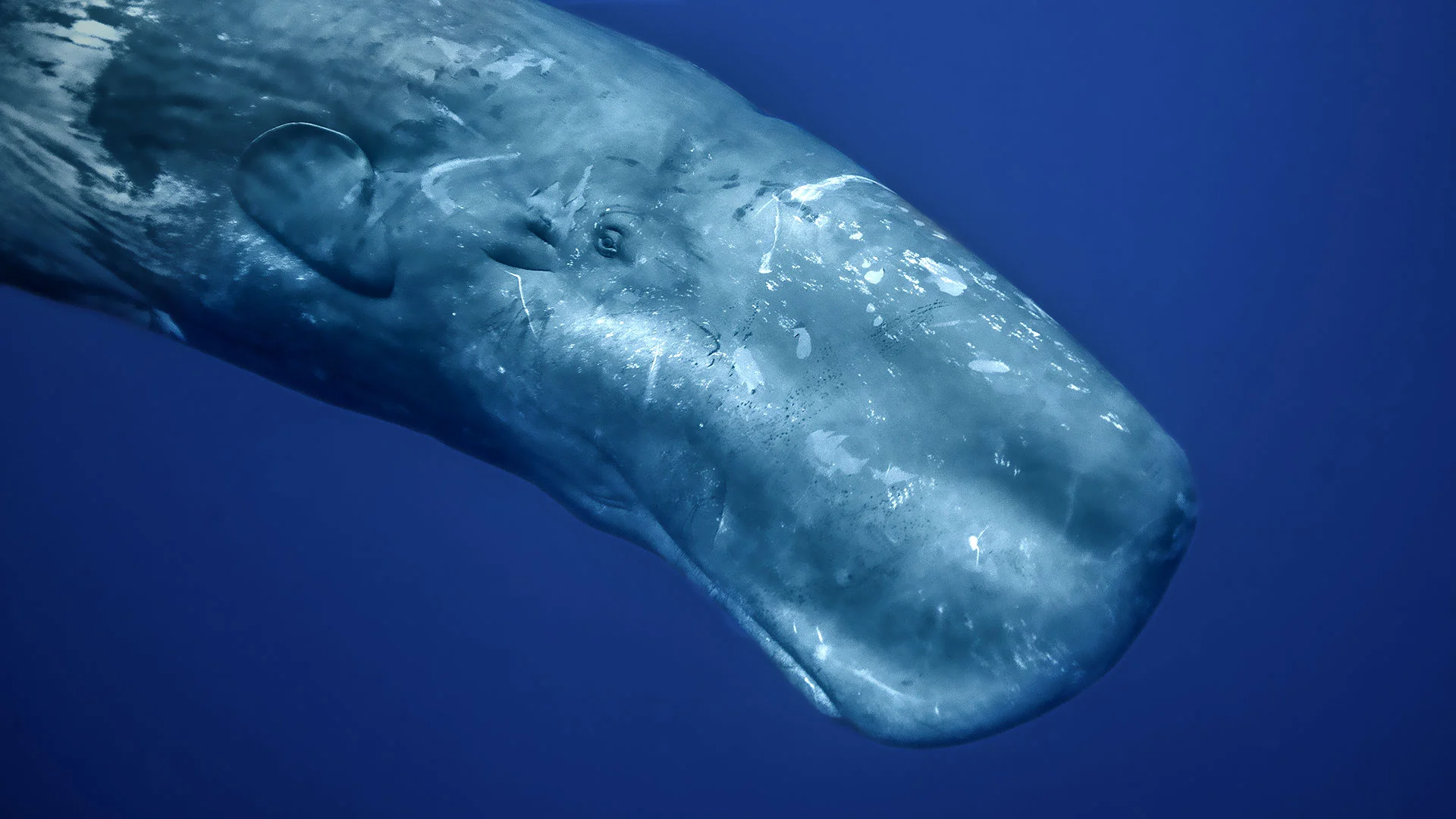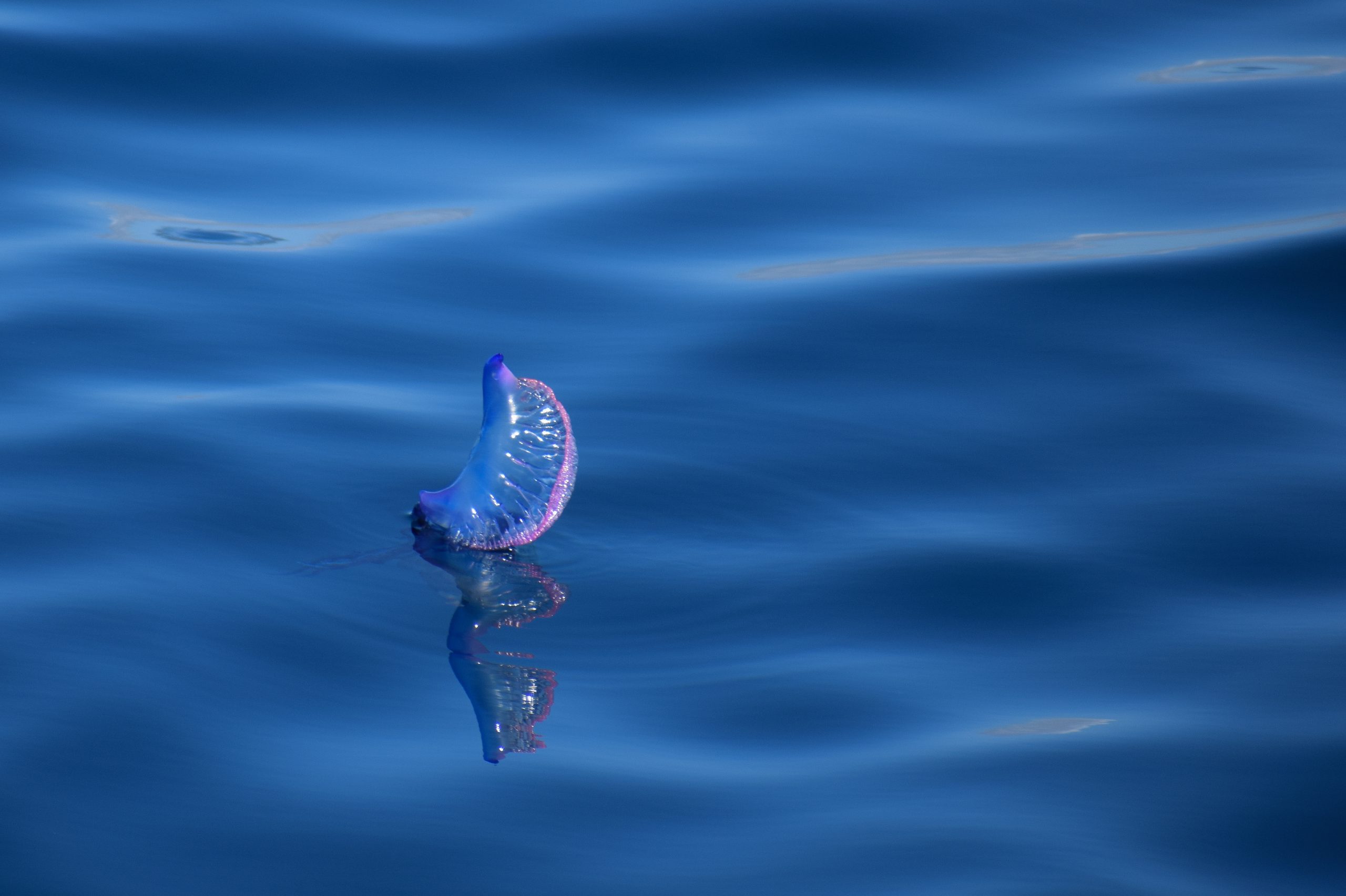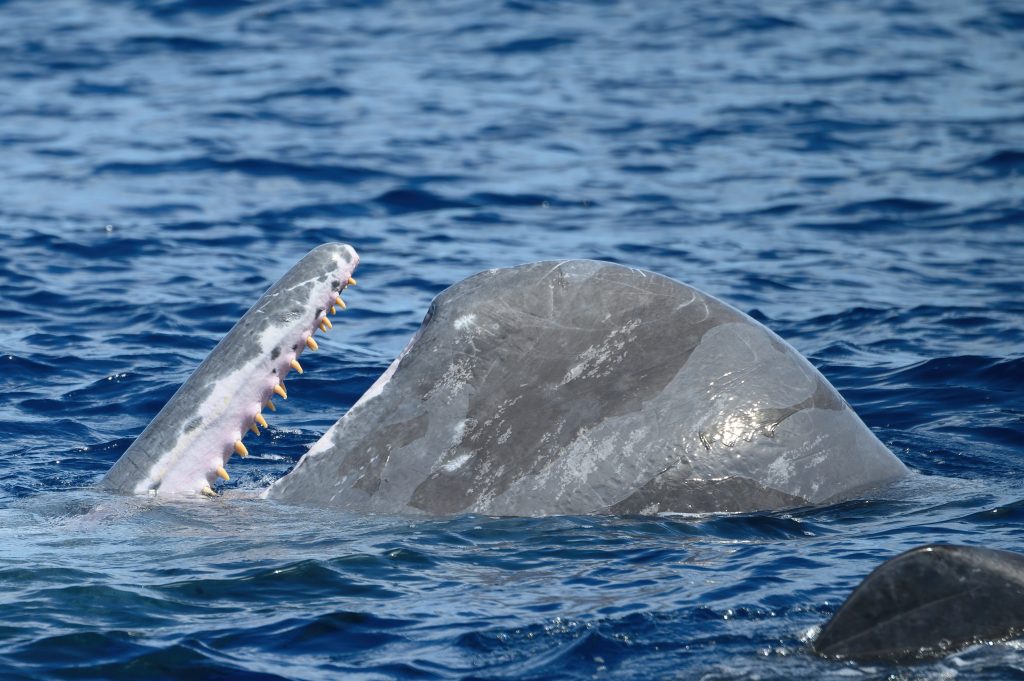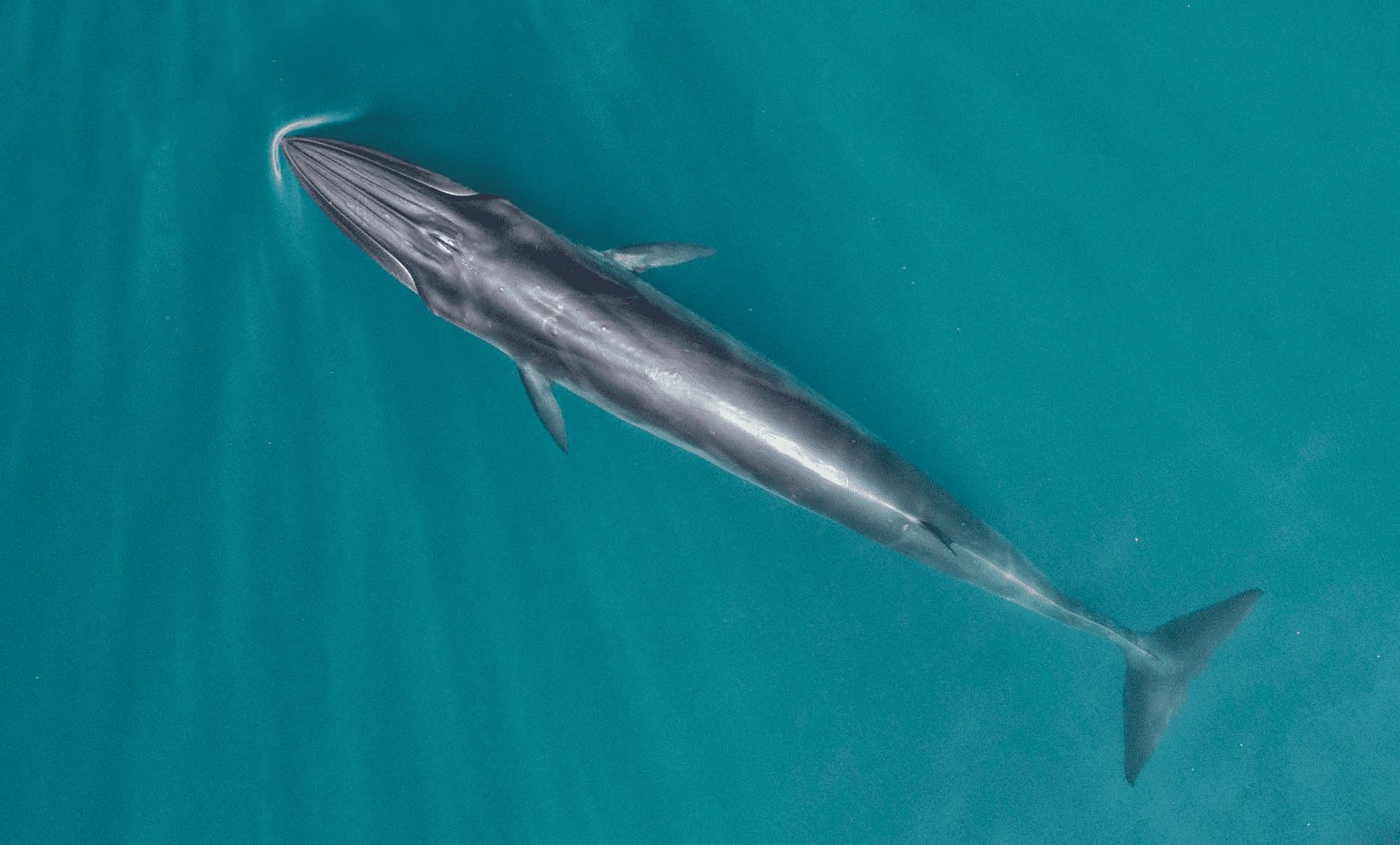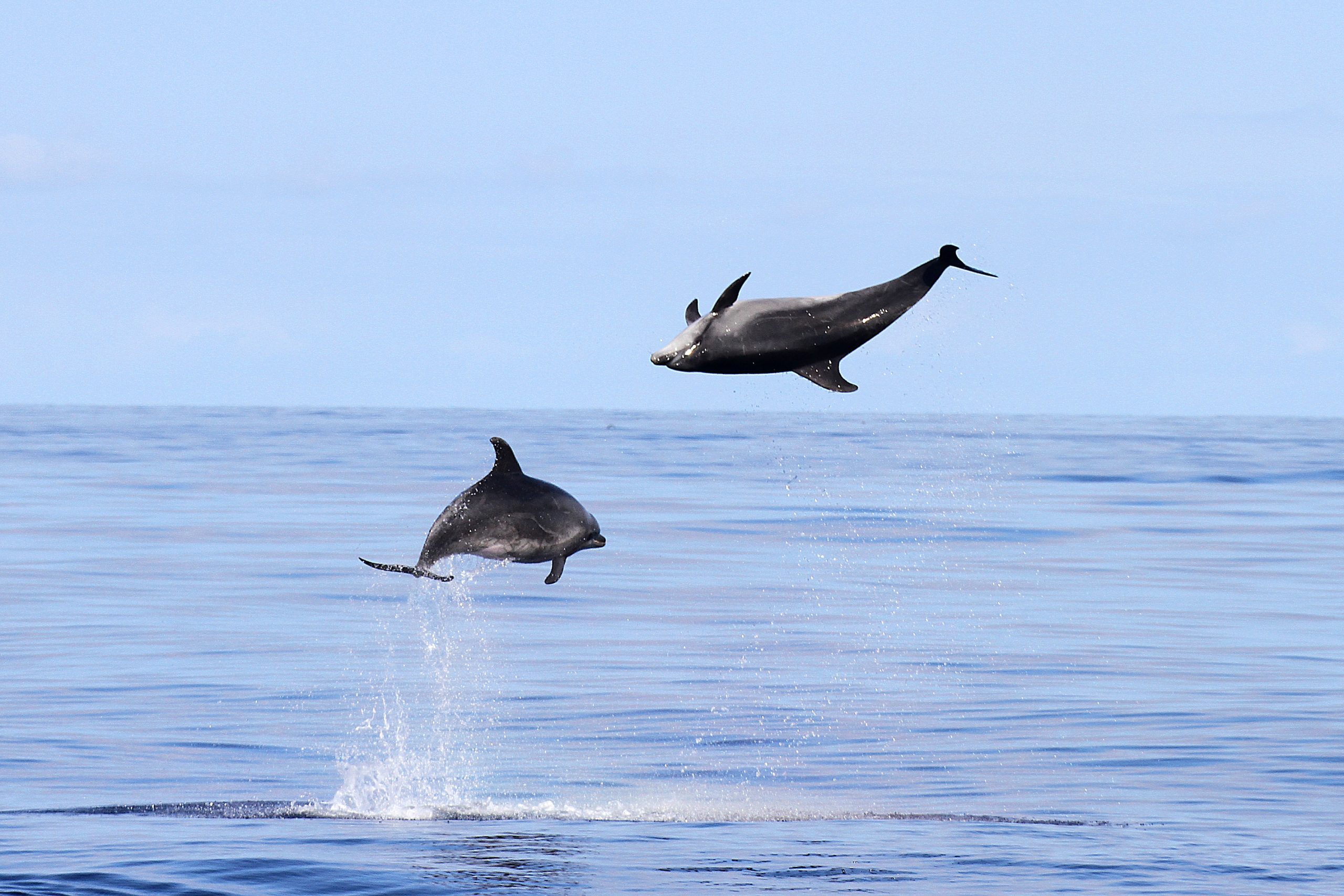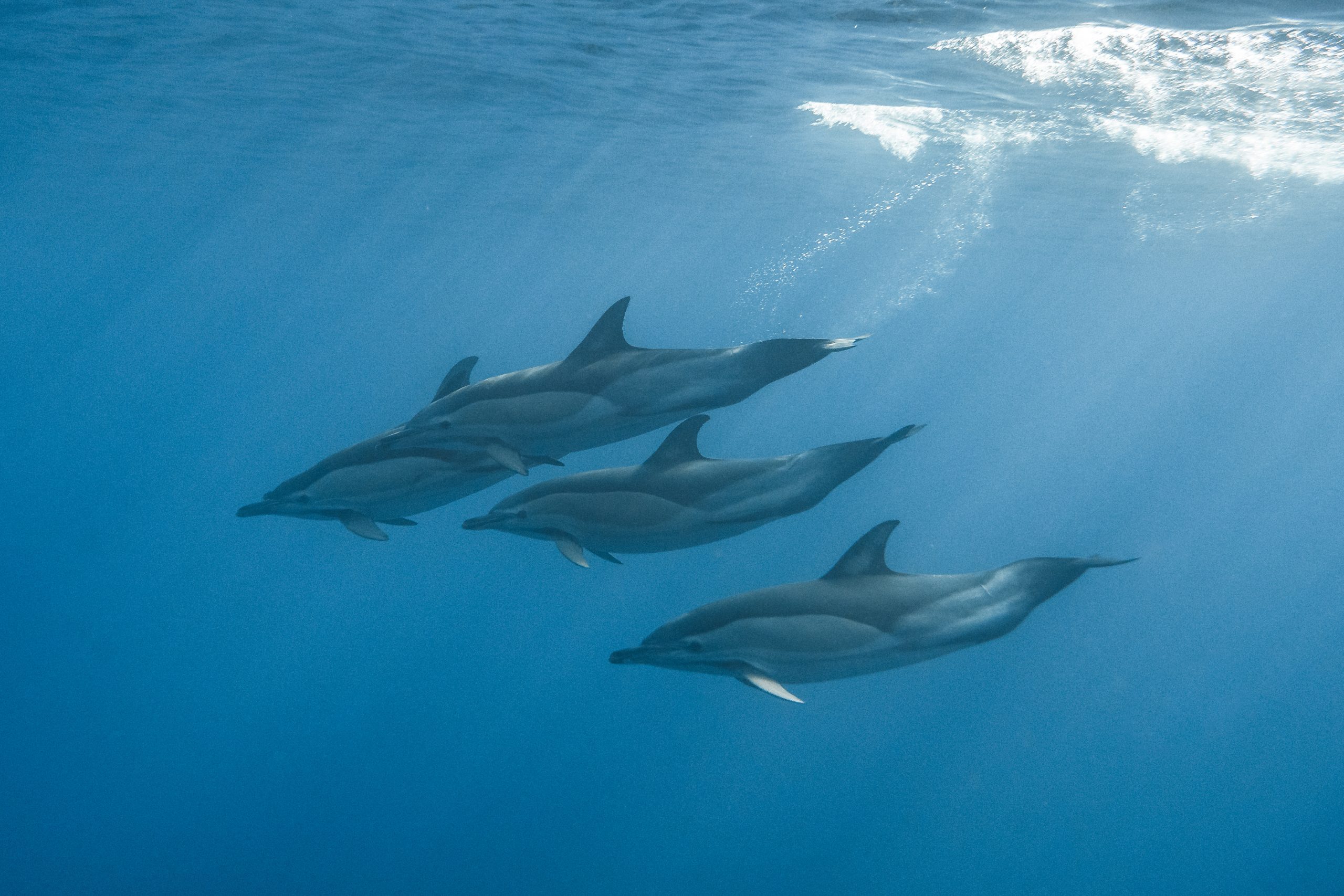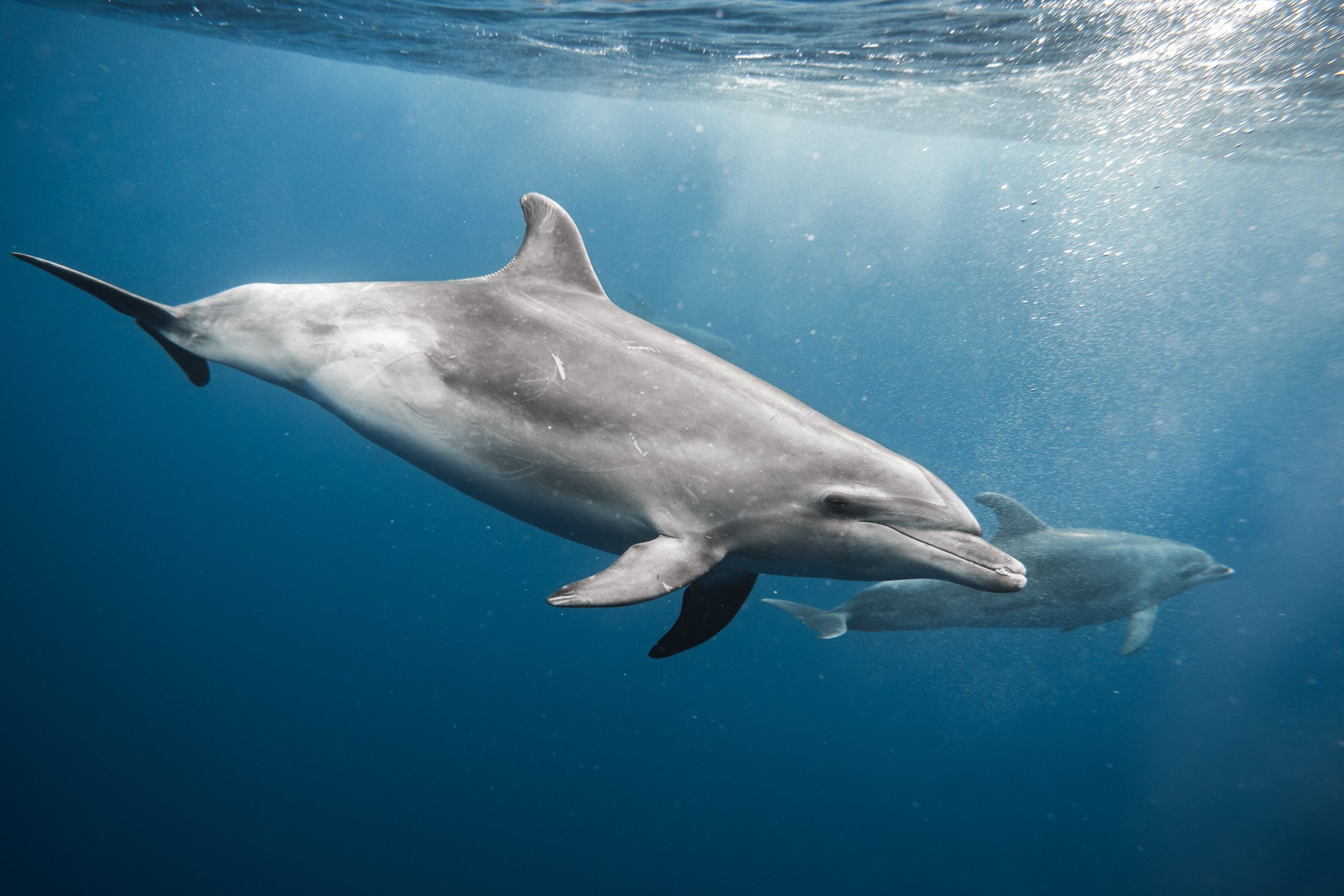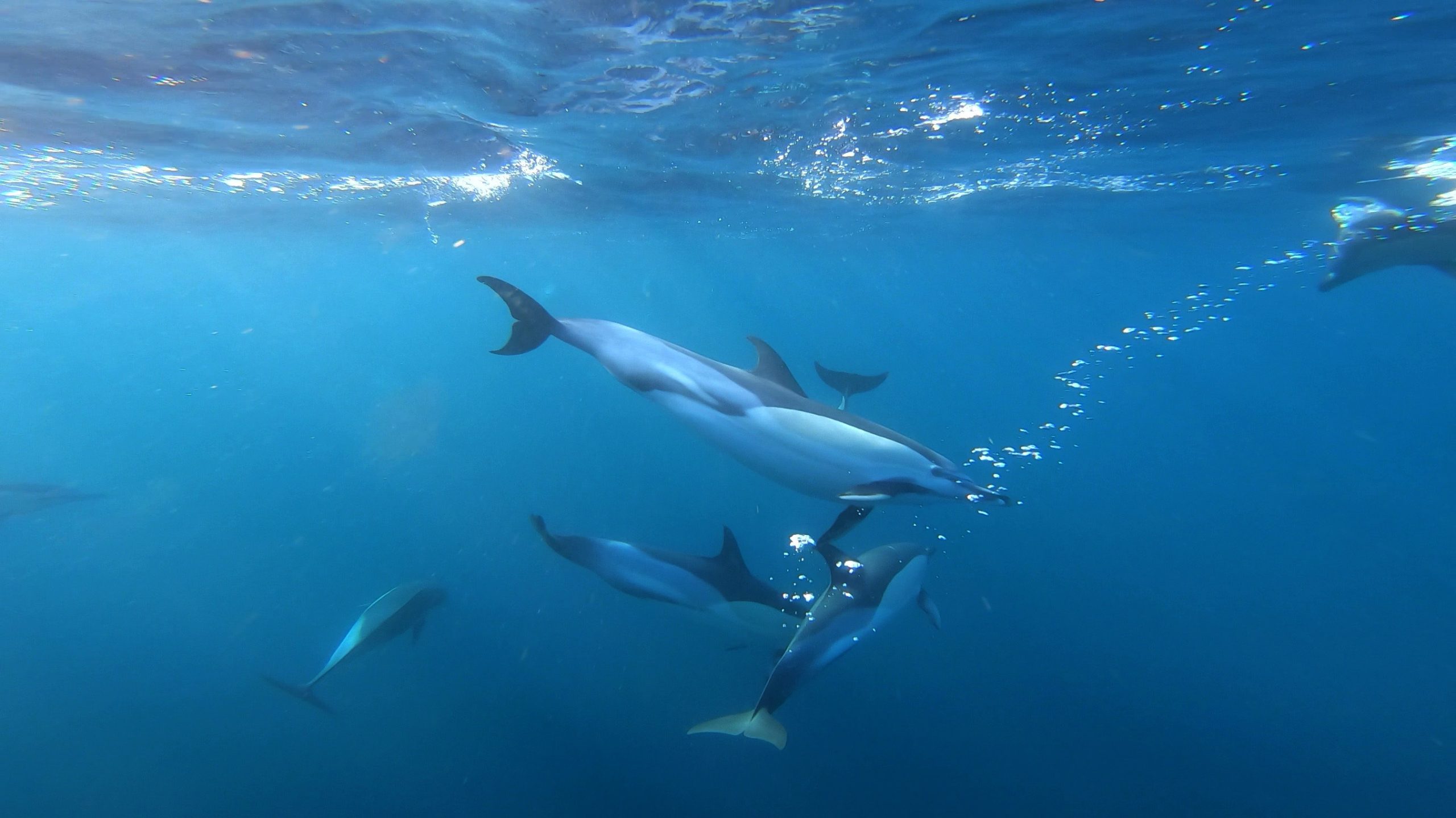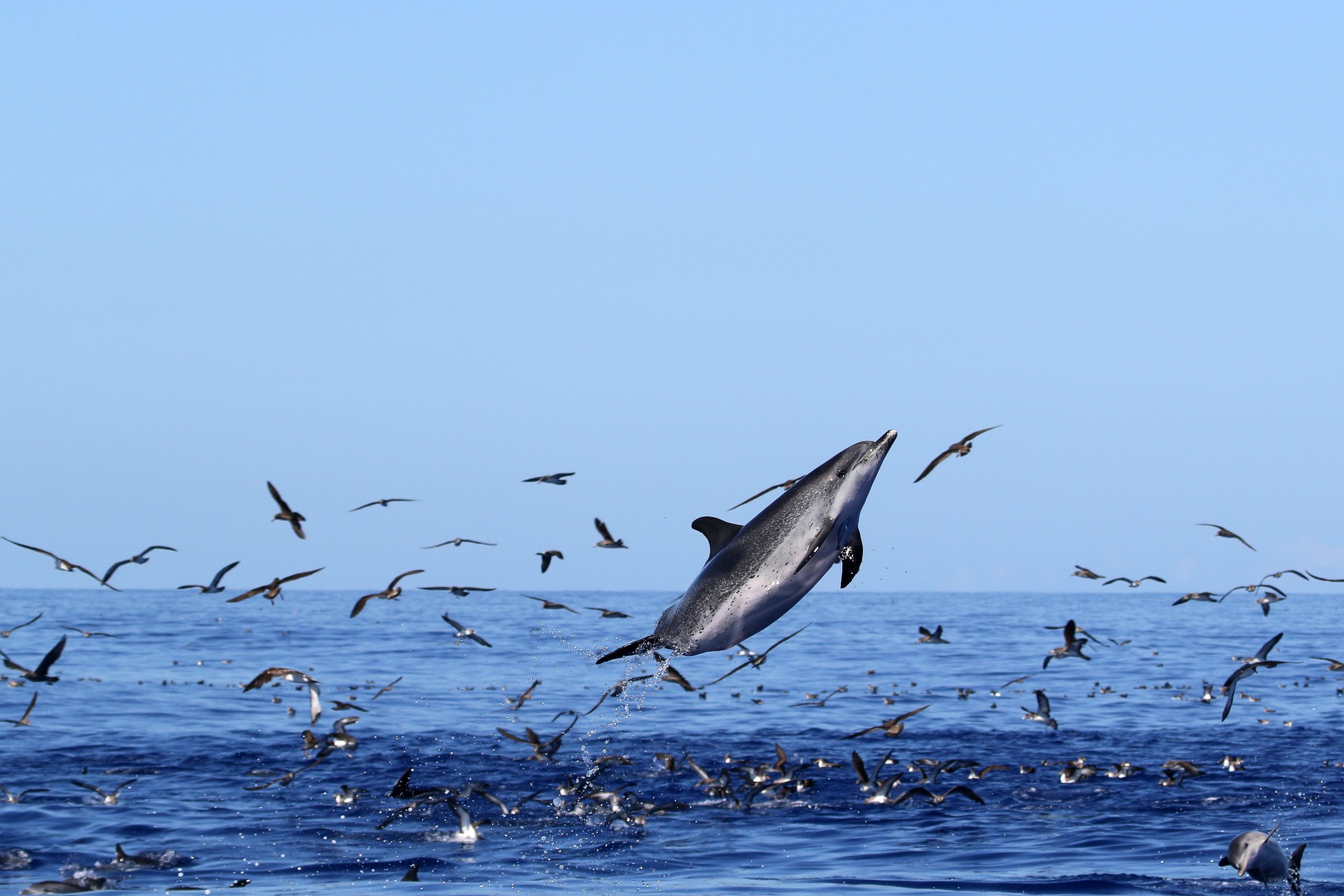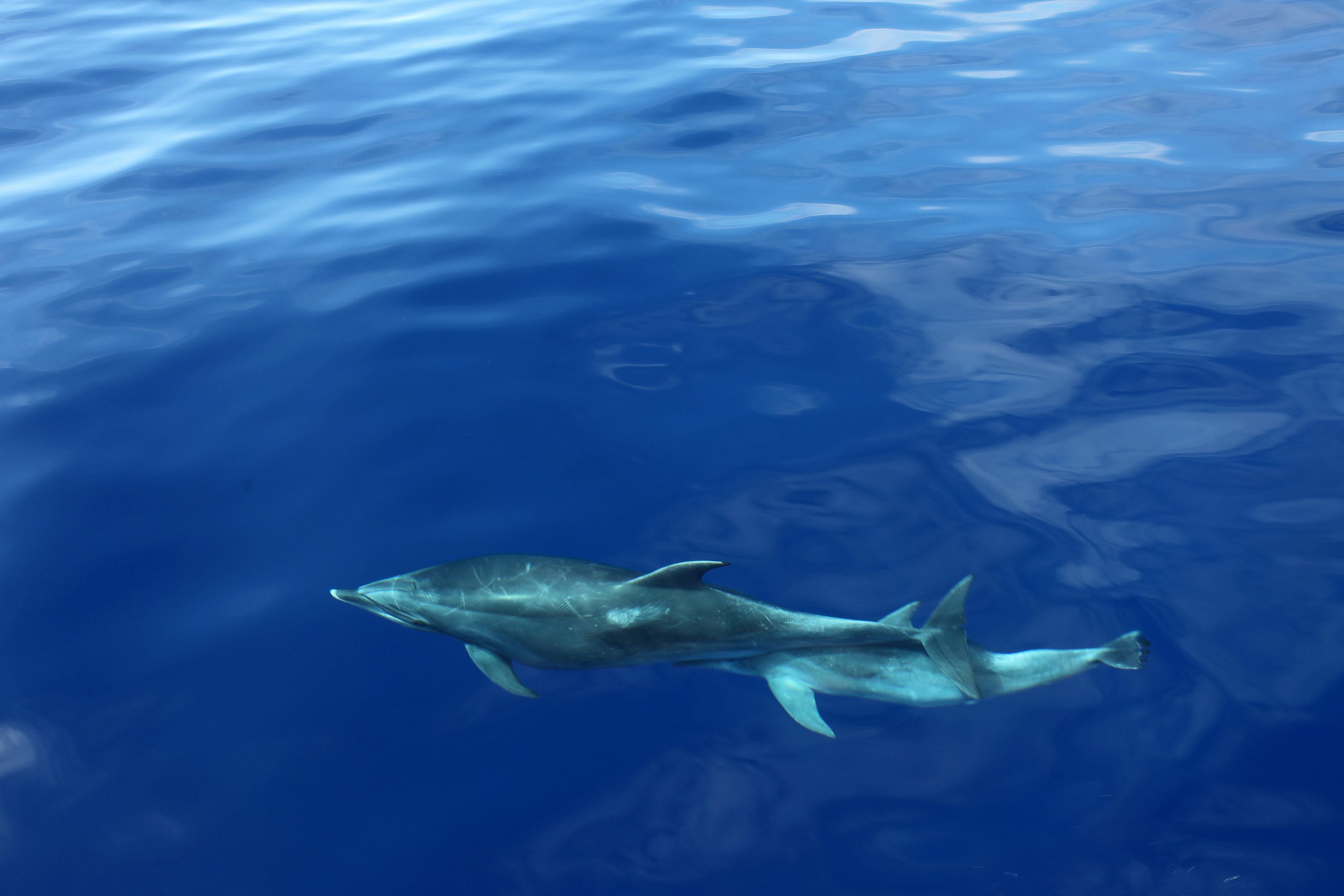Let’s delve into the fascinating world of whale sleep patterns. Similar to humans, whales are mammals with essential sleep needs, but their underwater lifestyle necessitates unique adaptations for rest. From unihemispheric slow-wave sleep to their conscious breathing mechanism, discover how these marine giants manage their sleep in the vast oceans.
The Basics
Let’s start from the beginning. All whales are mammals like humans, and they require sleep to survive. Different species, tho, have different sleeping requirements and methods.
Unique Sleep Patterns of Whales

Like all other mammals, their bodies require sleep for regeneration, but their sleep differs from that of all other mammals. The reason for that is they can’t lie down, and also they have to remember to breathe. But we will get back to that.
Unihemispheric Slow-Wave Sleep
Whales can rest only one half of their brain (hemisphere) at a time, and they have the opposite eye opened to look for predators or obstacles. This technique is called unihemispheric slow-wave sleep. After a maximum of 2 hours, they can switch and rest the other side of the brain. This process is referred to as “cat-napping”.
Sleeping Positions

Whales can sleep in different positions. They can rest either a few meters beneath or on the water surface. The last one is called »logging«, because in this state the whale resembles a log floating. Another technique involves sleeping while swimming slowly next to another animal or in a group.
Sleeping Habits of Newborn Whales
Newborn whales rest, sleep, and eat while their mother swims. She is towing her baby along in her sleep stream. Because they don’t have enough body fat or blubber yet, they lack the buoyancy needed to float effortlessly. That’s why their mother can’t stop swimming for the first few weeks of their life; otherwise, they would sink. In that time, the mother only sleeps on the move, constantly swimming. What a mother, right!
Breathing Challenges During Sleep
Now let’s return to the most critical question. How do they without breathing? Humans are unconscious breathers, which means that even when we sleep, and we are unconscious, our body will automatically breathe to take air. Whales, on the other side, are conscious breathers. That means that they have to decide when to breathe actively.
Adaptations for Underwater Life
Besides the voluntary respiratory system, whales have also developed other adaptations. They can hold their breath longer than other mammals, because they can inhale and hold more air. This is made possible because of their lungs, which are proportionally larger than those of humans.
Would you like to know the best times for whale watching?
Take a look at our whale watching calendar and plan your next adventure! Don’t miss the chance to spot these majestic creatures in Azorean waters. 🐋 🌊
Where do Whales Sleep?

So we already established that whales sleep in the oceans, underwater (close to the surface so that they can take a breath) or on the surface of the water. Scientists have not yet discovered if whales have special sleeping spots, but this is very difficult to locate or discover, because the ocean is quite a prominent place!
Factors Affecting Whale Sleep
Mostly, they sleep in short periods throughout the day or while they are swimming. But the resting period also depends on their food. For example, krill migrates vertically at dusk to avoid predators like fish, but that is the best time for the baleen whales to feed on it. Ironic, isn’t it!
Unique Sleeping Needs of Whales
Unlike other mammals, whales have different sleeping needs. If we humans didn’t get enough sleep, we could eventually die, but whales are different. Sperm whales can sleep for only 7% of the time, usually around 10 m below the surface. For this time, they go into a deeper sleep with less acute awareness. Beluga and gray whales sleep for 32% to 41% of the time, while humpback whales can only rest at the water’s surface for up to 30 minutes; otherwise, they would lose too much body temperature when inactive. They also conducted research, noting that a pilot whale had only 6 minutes of REM (Rapid Eye Movement – a stage of sleep associated with dreaming and memory consolidation) in a single night.
Conclusion
So, there is some data about the sleeping habits of whales, but a lot of work remains to be done before we know everything, if ever.
Related article: Are Whales Mammals? Discover the Truth About the Ocean’s Largest Mammals




